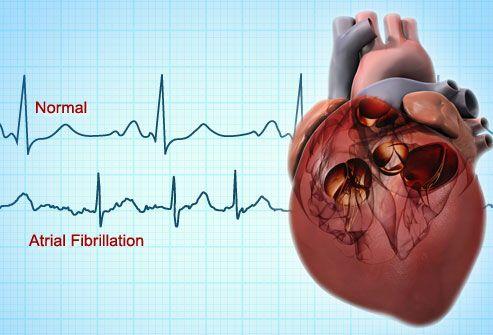
Cryoballoon (CB) ablation may be a superior first choice to radiofrequency (RF) ablation for atrial fibrillation (AF), reports a recent meta-analysis.
Accessing the databases of Medline, Embase and Cochrane, researchers identified 14 randomized controlled studies and 34 observational papers eligible for inclusion. The primary efficacy outcome was AF recurrence, while major bleedings, vascular complications, phrenic nerve palsy, cardiac tamponade and pericardial effusion were set as safety outcomes.
The pooled sample consisted of 17,592 patients, of whom 9,641 received RF ablation while 7,951 underwent CB ablation. Over a mean follow-up of 14±7 months, 3,766 recurrent AF events were reported, which turned out to be rarer in patients who had received CB ablation (26.9 percent vs 33.3 percent).
This discrepancy translated to a statistically significant difference in risk (relative risk [RR], 0.855, 95 percent confidence interval [CI], 0.779–0.939; p=0.001). This was robust to different subgroup analyses.
Moreover, the risk of the combined endpoint of pericardial effusion or cardiac tamponade was significantly lower in the CB group (RR, 0.438, 95 percent CI, 0.335–0.572; p<0.001). Cardiac tamponade alone (RR, 0.582, 95 percent CI, 0.383–0.884; p=0.011) and vascular complications (RR, 0.609, 96 percent CI, 0.482–0.770; p<0.001) were also less like to occur in this group.
On the other hand, CB led to a significant increase in the risk of transient (RR, 7.687; 95 percent CI, 4.875–12.122; p<0.001) and permanent (RR, 1.889, 95 percent CI, 1.057–3.375; p=0.032) phrenic nerve palsy. Both ablation techniques were comparable in terms of major bleedings and deaths.